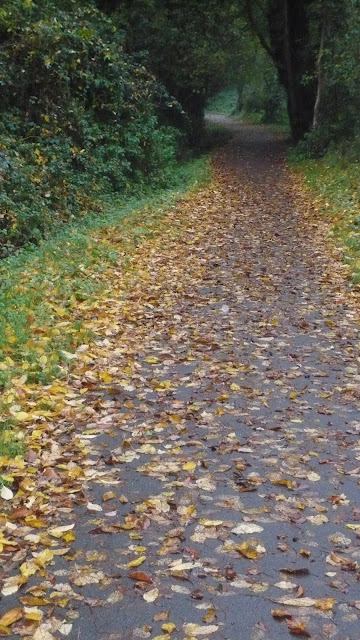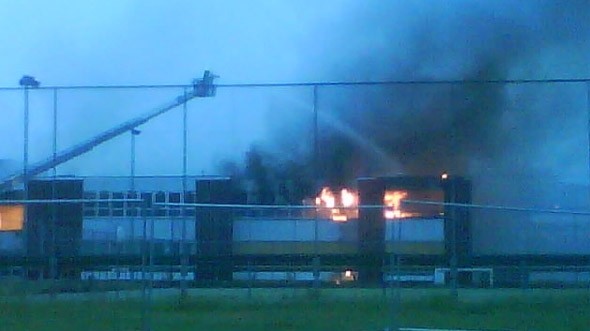Remember if you will the men of Great Britain's fledgling air force who flew across the short distance from Dover to Boulogne and on deep into France. Initially some 60 machines entered service, many of them frail Avro 504's pictured above, and began work observing enemy maneuvers. This was not always appreciated. As the British second Corps made its way to the small mining town of Mons the pilot of one such aircraft stopped to inform Field Marshall John French, head of the British force, of the vast numbers of German infantry approaching. He was not believed! Instead French wished to discuss his aircraft with him and refused to accept his news. He soon realised his mistake. The British II Corps numbered around 40,000 men, the Germany army approaching numbered around 600,000. The defence of the canal above Mons was a resounding success and after a days hard fighting the enemy was stopped in his tracks with vast casualties and the 'contemptible little army' was considering advancing to chase them back home. However to their right the French army had also met a complete, and efficient, German foe and began to withdraw, with the French 'not bothering' to inform the British of their intentions. Aircraft spotted not only the French withdrawal but also a third army marching around the left flank. Thus began the famous long 'retreat to the Marne' in hot summer weather. Had those slow Royal Flying Corps surveillance aircraft not flown over Mons half the British army could have been engulfed!
From observation these aircraft turned to photography, and fighting and then bombing. Each few months saw advances in the power and killing properties of the machines, and while they flew higher and higher the comfort of the pilots was of no consideration. No parachutes meant a fire at 16,000 feet led to certain death, survival meant lack of oxygen affected the pilots abilities, cold cut deep into them, the stress of war led to mistakes and accidents, and the average life expectancy was around three weeks! These early young men, rarely above their early twenties, often failing to reach twenty years of age before their death, were the beginning of the air force which today uses the Typhoon fighter, a plane so powerful that computers are required to enable the pilot to control the plane, no human brain can cope!
Remember these men.
.




































